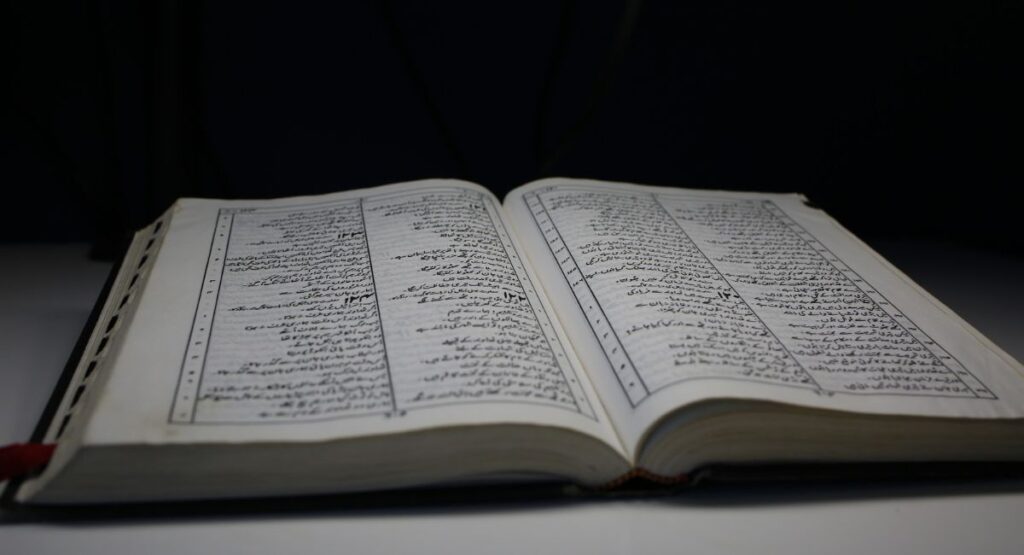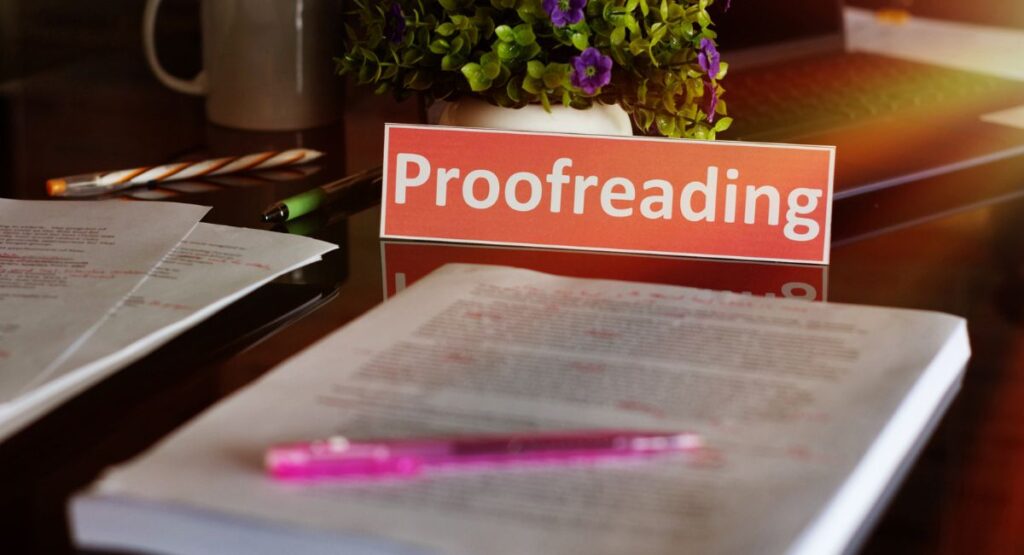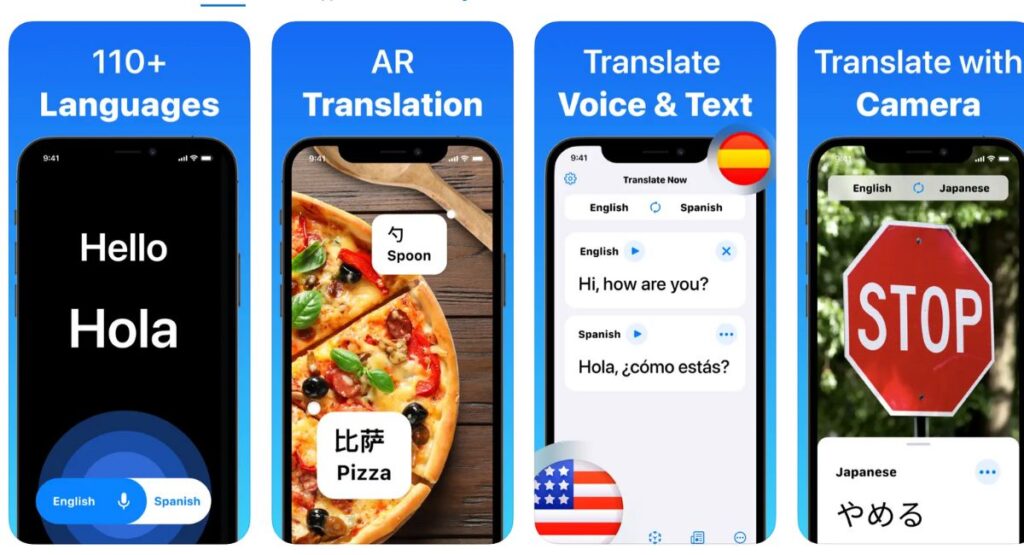Businesses with a web presence can draw their target audience worldwide. People from countries as varied as Japan, Pakistan, Tanzania, India, and others may visit the site. But what makes Urdu essential for marketing?
Urdu is an Indo-Aryan language spoken by approximately 100 million people around the world. For e-commerce and other businesses, Urdu speakers are a sizable audience to overlook. Consider that the language is used in Pakistan, the United Kingdom, India, the United Arab Emirates, the United States, and other countries. Therefore, an organization must rely on professional Urdu translations to reach this large market of Urdu speakers.
There’s a growing need for accurate translations between English and Urdu, especially for businesses that want to effectively reach Urdu speakers around the globe.
Table of Contents
A Brief History of Urdu

Urdu evolved from Sanskrit, which developed between 1500-500 BCE. However, the official Urdu language did not appear until about the 12th century. The language was initially named “Hindavi” (Old Hindi) and was spoken in Delhi, India.
Between the 12th and 16th centuries, extensive Islamic conquests of the Indian Subcontinent significantly changed Urdu. Persian became the official language during this time, with Urdu words developing from the Persian language. The language also “borrowed” words from Turkish and Arabic. As a result, Urdu was called different names, including Hindustani, Dehlavi, Hindi, and Lahori.
Writers started using Urdu to develop literature and poetry during the 13th to 15th centuries. A celebrated scholar named Amir Khusrau, who lived during the Delhi Sultanate is credited with making major contributions to the growth and development of the Urdu language. For this reason, Khusrau is called the “Father of Urdu Literature.” He wrote in Persian and Urdu.
During the British colonial period in the 1800s, Urdu was made the co-official language along with English for the Indian Subcontinent in 1837. For this reason, many Urdu words were “borrowed” from English and integrated into the Urdu vocabulary.
During this colonial period, there was no significant division between the Hindu and Muslim languages. Both were identified by various names. However, when the British colonial period ended in 1947, a major distinction appeared between these languages. Although both languages were spoken similarly, Urdu was considered the official version due to its Perso-Arabic script, while Hindi used the Devanagari script.
When the British left the country, the Indian Subcontinent was divided into two independent countries: Pakistan and India. With a Muslim majority, Pakistan made its official Urdu language in 1973. Hindi became the official language of India due to the country’s Hindu majority.
The Script and Alphabet

The Urdu language is written in a modified version of the Nasta’liqu-style Persian script. The Persian script was originally derived from Arabic. It’s for this reason that Urdu is written from right to left. Short vowels are omitted from the language, with the language using consonant characters and long vowels. Short vowels are inferred by the consonants’ relation to one another. Urdu has 39 or 40 vowels (depending on who you ask).
The Grammar and Sentence Structure
Urdu uses a very different sentence structure than English. The language doesn’t use the typical Subject + Verb + Object (SVO). It follows the word order Subject + Object + Verb (SOV) structure.
In the SOV sentence structure, the subject must always be included in each sentence. The reason is that always using the subject keeps the topic clear and avoids miscommunication. Leaving off the subject also makes the sentence into a phrase that does not carry the complete thought or meaning.
In addition, the verb is an important part of an Urdu sentence. In Urdu, the verb always follows the subject and object. This is the sign of a grammatically correct sentence in this beautiful language. As in English, the subject in Urdu determines the verb’s form.
Urdu words are conjugated according to the person, gender, number, etc. of the subject. In addition, there are three main tenses that also affect the conjugation of verbs in Urdu, including:
- Past
- Present
- Future
Additional tenses include:
- Present indefinite
- Past indefinite
- Future indefinite
- Present continuous
- And more
Essential Urdu Translation Techniques and Strategies
Translations, such as those done by Pollion, can be accomplished by human native-Urdu speakers who deeply understand the culture and context of the language. Another method of translating Urdu into another language is through machine learning translation techniques.
Context & Cultural Awareness
Context and cultural awareness are both essential to Urdu translations. Therefore, professional human translators must have a deep grasp of the language to create accurate Urdu translations into other languages.
Context refers to all factors that may influence the meaning of a text, including the author’s intent, historical and cultural context, and linguistic context. All these factors are necessary to create an accurate translation.
On the other hand, cultural awareness uses words that speak to the native-speakers culture. Text translated with cultural awareness conveys the intended meaning and preserves the emotional effect. The message is also customized for local communication forms.
The text must follow the form of the original language and carry the meaning of the words and sentences from the source language into Urdu. In addition, the translation also needs to carry the meaning of the message from one language to the other. Finally, the translated text must carry the goal of the original text into the Urdu language.
When all elements are used together, the translation into Urdu is cohesive and achieves the effect or goal carried in the source language.
The Importance of Proofreading and Editing

Proofreading and editing are essential steps in the translation process. Translators, like those who work for Pollion, may unintentionally copy structures from the source language into Urdu during translation and editing. Once the translation has been completed, a proofreader reviews the text to find and fix problems and errors. Proofreaders also work to correct typos, double spaces, missing words, repeated articles, misplaced commas, and more.
Once the proofreader has finished making corrections, the text is then reviewed by an editor. The editor’s work includes making the translation into Urdu more consistent, sharp, and error-free. It’s the editor’s job to:
- Conduct a bilingual review between the source text and the Urdu translation
- Identify and correct any errors (including translation errors)
- Point out inconsistencies and make adjustments to ensure the text fits the market and audience requirements
- Ensures the Urdu language is used correctly
- Confirms the message from the source language is correctly translated into Urdu, also paying attention to context and cultural awareness
- Double-checking the style is correct and make suggestions on how to improve it
Both proofreading and editing are usually the last steps in the translation process before submitting the text to the client or for publication.
Overcoming Urdu Translation Challenges
Translations into the Urdu language can be challenging. For instance, the language has many layers of meaning that can offer difficulties for translators.
Another challenge for the translator is that many English words can be translated into two Urdu words. The translator must then determine the connotation and the level of politeness required.
Finally, Urdu has several regional dialects, making it crucial for the translator to carefully consider the target audience and its culture.
Top Urdu Translation
High-quality Urdu translation, as provided by Pollion, is more than delivering linguistic accuracy. It must also include context and cultural awareness to be a top Urdu translation. But is it possible to use online tools for high-quality translations into Urdu?
The answer is yes. In the following section, we’ve included information about the best online tools for top Urdu translations.
Free and Paid Online Translation Tools
Here, we’ve included the best free and paid online tools to translate a source text into Urdu.

Easy Urdu Typing is an online software that makes it easy to translate text into Urdu. Remembering the challenging keyboard layout for Urdu before using the online translation service is unnecessary. It is also possible to copy and paste the text into the software for translation for free.

Google Translate is our next free, online translation tool to translate a source text into Urdu. It is also one of the fastest free online translation tools. In only a few seconds, it is possible to translate text into Urdu.
3. Typing Baba

Typing Baba is one of the top online translation websites for free translation into Urdu. It is best for English to Urdu or Urdu to English and includes some fantastic features, including:
- Game
- Online Keyboard
- Typing Tools
- Typing Tutor
- And more
4. iTranslate Translator App (iOS and Android)

The iTranslate Translator offers free and paid translation of a source language into Urdu. The app includes useful features such as text translation, voice-to-voice conversations, offline translation, and more. The app also contains a built-in dictionary and history to help users find sentences/words they have recently translated.
5. Translate Now (iOS only)

Translate Now is a translation app that offers both free and paid services, and it is only available in the iOS app store. The app offers a text, voice, and camera translator, translate objects with AR, translate voice into over 110 languages, and more.
Leveraging Urdu Translation for Business Growth
Translating from another language into Urdu has several benefits that bring about business growth, including:
- Expanding your market reach by accessing the Urdu-speaking market.
- Translations into Urdu cater to the needs and preferences of Urdu-speaking consumers through context and cultural awareness.
- Enhancing customer experience and engagement by providing customer support in Urdu and localizing content to resonate with the target audience.
- Building a strong brand reputation by establishing trust and credibility with Urdu-speaking customers.
Questions
How Can I Find a Reliable Urdu Translator?
Ask these questions to find a reliable Urdu translator:
- Are your translators native speakers with the correct country expertise?
- Do you require translators to have specific industry knowledge?
- Can you verify translator credentials and view past translations?
- How do you price translation projects?
In addition, top translators are also able to localize the translation for the target audience. If working with a translation service, the company should offer a single point of contact (usually a project manager). This makes communication, analysis, and approving the translation a more straightforward process. In addition, it’s necessary to contact one person for updates on the Urdu translation progress.
Finally, a translator or translation business should have professional certification. The certification offers the client more confidence in the translator’s or company’s Urdu translation skills.
How Much Does It Cost to Hire an Urdu Translator?
The cost of hiring an Urdu translator is based on several factors. For instance, some translators may charge by the hour, while others charge by the world. Some translators also charge a per-word rate.
Other factors that can affect the price of hiring an Urdu translator can include:
- The language, region, and the translator’s area of specialization.
- Languages that have more complex language systems tend to be more expensive.
- The type of project can factor into the translation costs.
- And more
Conclusion
As more organizations aim to enter new global markets, there’s an increased need for high-quality Urdu translation services. Moreover, as a language with 100 million speakers, more businesses want to reach this vital target market with their messages.
The only way to effectively reach Urdu speakers is through translations that include context and cultural awareness. With the right translation services, it is now possible to bridge the gap and eliminate language barriers to interact with Urdu speakers around the world.
